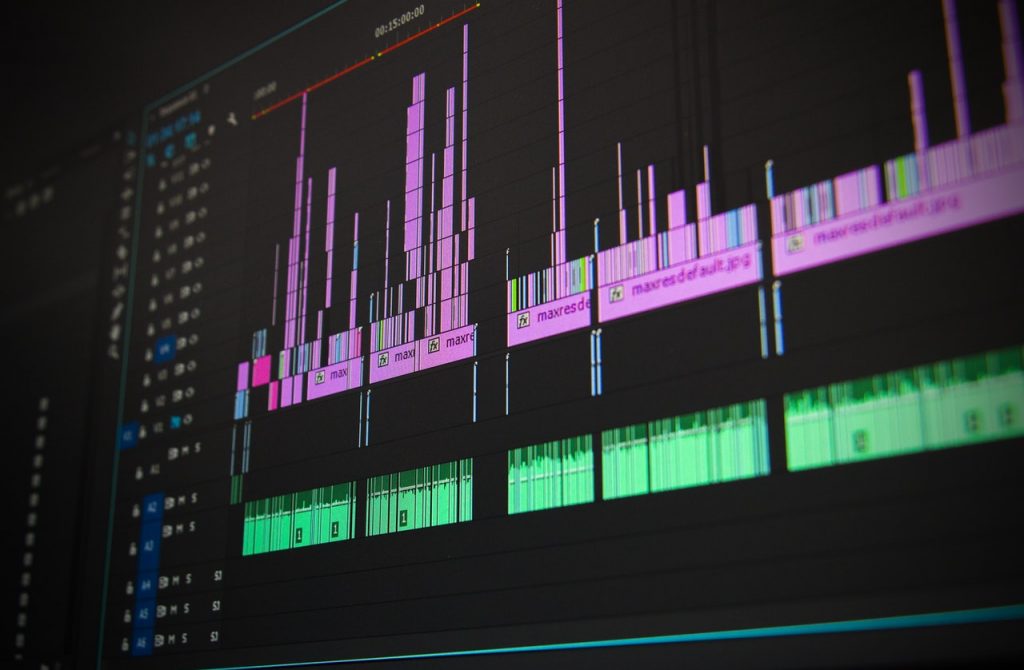This is the last of the 3 part series on open science tools. Here you will find 7 tools that allow for in-depth analyses of research fields by connecting open scholarly data. You can also check out Part 1 (searching the literature) and Part 2 (publishing papers, protocols and datasets) for more open science tools! Again I am indebted to Anna Clemens for most of this information while the first link comes from Eleonora Dagiene.
The tools presented here connect openly available research-related data. This includes data on the researchers themselves (e.g., published papers, patents, collaborators and affiliations), their papers (e.g., citations and journals) or whole research topics (e.g., researchers and journals). Collecting and connecting together this kind of research data helps with two things: discovering knowledge and appreciating researchers.
The tools described below are worth using when you are looking for a bigger picture of your field: investigating new research ideas, preparing for conference talks or writing grant proposals.
How can these webs of research-related data influence the assessment of researchers?
Currently, most institutions only evaluate researchers based on their publications. The open research data networks may have the power to change this system. They offer the potential for a more holistic perspective of a researcher’s scholarly activities.
Making sure that your research data is openly available is not only useful for others to understand what you do, but also for you to learn more about potential collaborators or applicants for open positions in your research group’s facilities.
Which tools might make this easier?
VOSVIEWER
VOSviewer builds and visualises bibliometric networks made from publications in journals, by researchers or just individual publications and their reference lists. You can base these networks on relationships of citations, bibliographic coupling, co-citations or co-authorship. Its text mining functionality can be used to build and visualise co-occurrence networks of important terms, which can help to trace how concepts in a field of scientific literature have emerged and then become less explored over time. This could be because they are fully understood or because the focus of research has moved on. For information on the designers’ training course, please read this review by Eleonora Dagiene and Qianqian Xie.
ORCID
ORCID stands for Open Researcher and Contributor Identifier, a system not run for profit which aims to unambiguously link a researcher to their research. Apart from a publication list, the platform centralises all your scholarly accomplishments such as affiliation and education records, received fellowships, awards and grants as well as peer review contributions. ORCID sources the data from (among others) Crossref which forms persistent links to publications in the form of DOIs. ORCID also integrates with some other databases and services, e.g., LinkedIn.
Creating your ORCID is a necessary step nowadays (some publishers even require it upon paper submission).
PUBLONS
A Publons profile tracks your publications, citation metrics, and your (usually unrecognised) efforts as a peer reviewer or journal editor. You can automatically update your profile with data from ORCID, Web of Science or your reference manager. Publons is part of the commercial Web of Science Group, owned by Clarivate.
Publons offers mostly similar information to that offered freely by ORCID but the interface is more attractive.
IMPACTSTORY
ImpactStory is a platform where you can create a researcher profile that tracks the online buzz your research has generated when one of your papers gets mentioned on Twitter, a blog or a news outlet. Researchers can earn “achievements” for publishing their papers with open access and “streaks” for people discussing their research online continuously for consecutive months. ImpactStory was created by the team that is also behind the tool Unpaywall, (see Part 1 of this series) and is funded by various foundations.
DIMENSIONS
Dimensions is an AI database that links up many different kinds of research-related data: grants, papers, patents, datasets, online mentions, clinical trials and policy documents. You can use it for several purposes: to find your collaborators, to access data on a certain research topic for a report or grant proposal, to quickly finding the patents or clinical trials connected to a certain research paper or to see who has cited and used your research. These are just some examples.
Dimensions also features expansive researcher profiles, and you can sync your ORCiD (see above) with your Dimensions profile to make your ORCID more comprehensive.
Dimensions is a part of Digital Science which also owns figshare (see Part 2 of this series). There is the free and the paid version. The free one for personal use allows you to search publications for linked information, such as funders, the authors’ researcher profiles, underlying datasets etc.
SCHOLIA
Scholia creates visual scholarly profiles for individual researchers, organisations, publishers and research topics by accessing data stored in the open knowledge base Wikidata. The kinds of visualisations available include such as publication timelines, collaboration networks, author bubble plots, citation distributions of journals, citation maps and more.
It can also show a graph of the most prolific authors and their key co-authors or a citation network of the countries that the researchers with the highest publication output are associated with. You can also see citation distributions of journals (i.e., how many papers received a certain number of citations). This can substantially add meaning in your field for the official impact factor.
Scholia is not commercial and is completely free to use although not as visually attractive as either Dimensions (see above) or SciGraph (see below). Also the datasets Scholia accesses may be incomplete.
SN SCIGRAPH
SciGraph visually connects data on all Springer Nature publications and related information such as authors, research projects, conferences, affiliations and patents. Owned by Springer publishing house, it is free to use.
I hope you have some fun checking out these 7 open science tools that help you analyse your research field, its researchers and its created knowledge.



